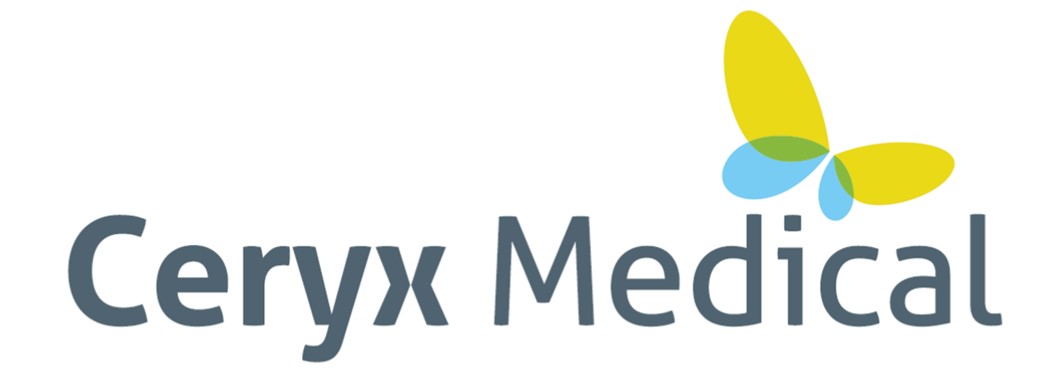
The Therapy For
HEART FAILURE
Heart failure happens when the heart can no longer supply all the blood the body needs. This situation results from damage to the heart that can occur following a heart attack, an infection, or chronic hypertension. Once a patient has heart failure, it is extremely difficult to prevent the disease progressing.
Current heart failure treatment is limited, confined to the prevention and control of symptoms, preventing mortality and in the early stages, attempting to prevent or slow cardiac remodelling. Clinicians are challenged by a disease in which they must attempt to maximise cardiac performance to minimise heart failure symptoms while simultaneously reducing stress on a damaged heart.
The Problem
What is heart failure?
Heart failure is when the heart can no longer supply all the blood the body needs. This situation often results from damage to the heart that can occur following a heart attack, an infection or as a result of chronic hypertension. Symptoms of heart failure include extreme fatigue and breathlessness on exertion in the early stages of the disease but later, these symptoms occur even at rest. As the damaged heart struggles to meet the body’s needs, the strain exacerbates the damage and thus heart failure is a progressive disease characterised by a slow decline punctuated by frequent hospitalisations until the heart fails completely.

The Problem
What is heart failure?
Heart failure is when the heart can no longer supply all the blood the body needs. This situation often results from damage to the heart that can occur following a heart attack, an infection or as a result of chronic hypertension. Symptoms of heart failure include extreme fatigue and breathlessness on exertion in the early stages of the disease but later, these symptoms occur even at rest. As the damaged heart struggles to meet the body’s needs the strain exacerbates the damage and thus heart failure is a progressive disease characterised by a slow decline punctuated by frequent hospitalisations until the heart fails completely.


Current Therapy
Outlook for patients
Once the cycle of heart failure is established, current therapies can do little to prevent disease progression. Even on optimal medical therapy mortality rates are 50% five years from diagnosis, which is considerably worse than most forms of cancer.
Current therapies are ineffective, 50% of patients are dead within 5 years.
Current Therapy
A global problem
An estimated 30 million people suffer from heart failure globally. Caring for these patients accounts for 2% of healthcare budgets, around £100 billion every year. Much of this is due to the frequent hospitalisation of heart failure patients – it is the number one cause of hospitalisations in the over 65s. An aging population, the growth in obesity and an improving rate of survival from heart attacks is driving growth in the heart failure population, which is estimated to increase by 44% by 2030.
Heart Failure by 2030
By 2030, growth in the heart failure population is estimated to increase by 44%.


Our Technology
Generating the rhythm of life
Fortunately, Ceryx is developing the solution. Using their patented electronics Ceryx has created Cysoni, a technology with the unique ability to alleviate the debilitating symptoms of heart failure while simultaneously giving the heart the opportunity to repair itself.

Cardiologist’s View
“This level of improvement in cardiac function would be game changing for my patients.”


